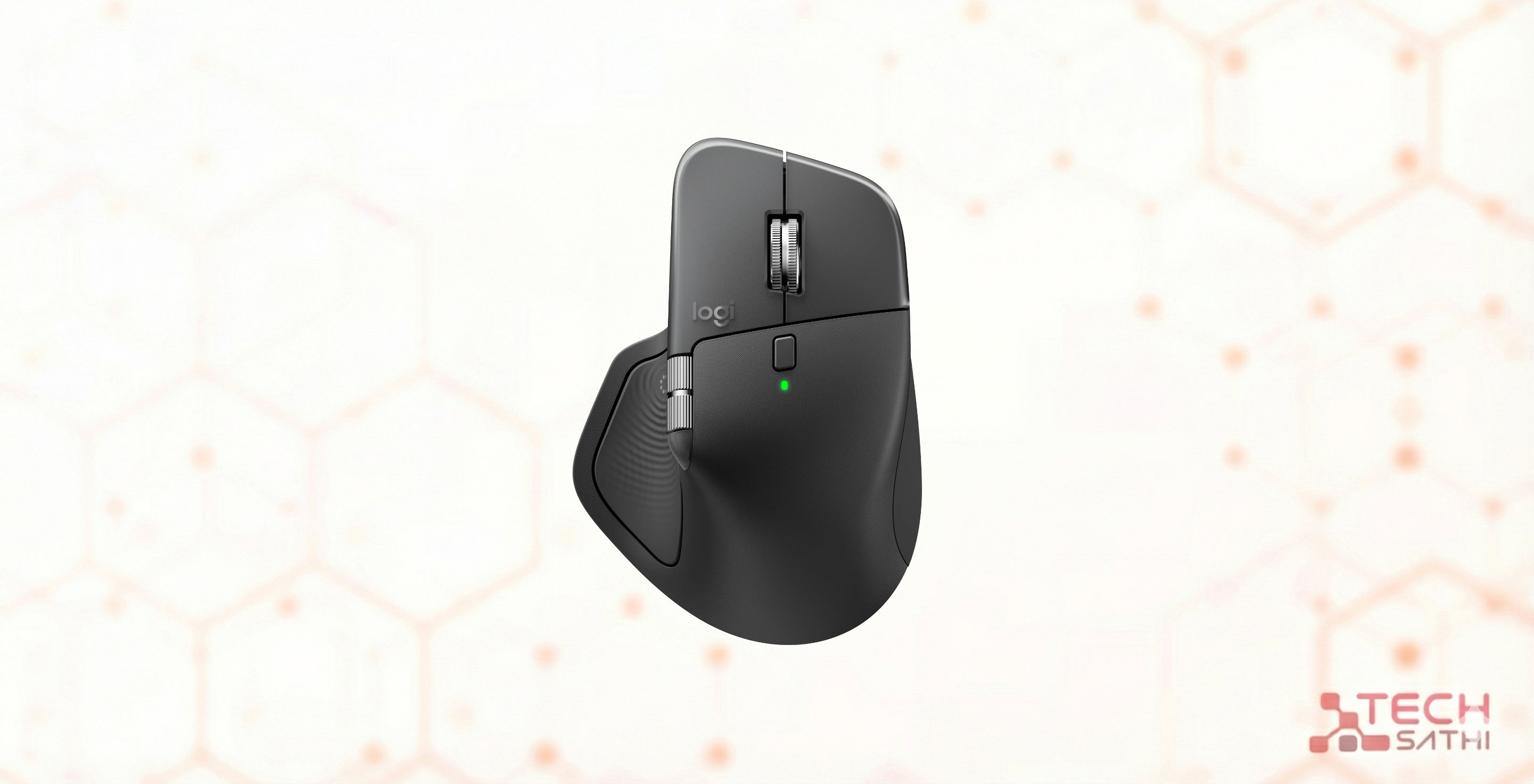“A well-designed design should be able to hold the audience’s interest and clearly convey its intended message; otherwise, it is merely a compilation of images or text.”
Designing is not a 10-minute job
Designing takes more than ten minutes. Designing is not a 10-minute job. It is a complex and time-consuming process that requires creativity, problem-solving skills, attention to detail, and consideration of the target audience and end user. Rushing the process or ignoring important factors such as research, communication, and feedback can lead to a poorly designed product. Therefore, it is important to treat design as a serious and time-consuming task in order to produce high-quality and effective designs.
What is design?
Designing is the art of creating visually appealing and functional products that inspire and engage the viewer. It is the process of bringing ideas to life through the use of color, shape, and form and requires both creativity and technical skill. Whether it’s a website, a logo, or product packaging, designing is all about crafting something that captures the attention and imagination of the audience. So if you’re a designer, don’t be afraid to let your creativity shine and come up with something truly original and eye-catching!
Who is a designer?
A designer is a professional who creates and develops visual concepts and ideas, frequently with the help of software and technology. They use creativity and innovation to create visually appealing and effective designs for print, digital, and product design. Designers are problem solvers who employ their artistic abilities to bring concepts to life.
What factors are harmful when designing something in 10 minutes?
Designing requires creativity and problem-solving skills. It involves coming up with new and innovative ideas as well as finding solutions to complex problems. This process can take time and cannot be rushed.
Designing involves multiple stages and steps. It is not simply a matter of coming up with an idea and then implementing it. There is often a lengthy process of research, prototyping, testing, and iteration involved.
Designing takes into account the needs and preferences of the target audience. This requires an understanding of their demographics, behaviors, and motivations. Gathering and analyzing this data can be a time-consuming process.
Designing requires attention to detail. Every element of the design, from the layout to the color scheme, must be carefully considered and executed. This takes time and cannot be rushed.
Designing is a creative process that requires time and effort to produce a quality result. If the designer is rushed, they may not have the time to properly research, brainstorm, and refine their ideas. This can lead to a poorly designed product.
Proper research is essential for understanding the target audience, market trends, and the competition. Without proper research, the designer may create a product that is not aligned with the needs and preferences of the target audience.
Communication between the designer and the client is crucial for a successful design process. If there is a lack of clear communication, the designer may create a product that does not meet the client’s expectations.
Feedback is an important part of the design process, as it helps the designer improve and refine their work. If the designer ignores feedback, they may create a product that is not up
The end user is the person who will ultimately be using the product. If the designer does not consider the end user’s needs and preferences, they may create a product that is not user-friendly or practical.
It is critical to recognize that designing is a time-consuming and intricate process that necessitates creativity, problem-solving abilities, and attention to detail. Ignoring research, communication, and feedback can lead to a poorly designed product. As a result, design must be given the time and effort it deserves in order to produce high-quality and effective designs. Rushing through the design process can be detrimental to a designed product’s success. A well-designed design that connects with the audience takes time, effort, and patience. Skipping this step can result in a negative reception and an unprofessional design experience for the audience. In a meal, it will simply taste like short-cooked potatoes, which may result in diarrhea and just give a phyical complication.
As an experienced professional in the field of design, I have come to realize that rushing the design process often results in a lack of meaningful and useful results. A pleasing visual design is not enough; it must also be able to connect with its intended audience and provide a positive user experience. In other words, the design should be able to effectively communicate its message and purpose without the need for the viewer to refer to comments or captions. Additionally, it is important that the design is well thought out and executed at the appropriate time. This means that the design should be created with the audience, purpose, and goals in mind, and it should be timed to be released at the optimal moment.
I have learned that creating a truly great design takes time, effort, and patience. It is important to have the courage to take the necessary time to ensure that the design is done correctly and meets all the requirements. This may not always be easy, especially in a fast-paced work environment where deadlines and time pressures are common. However, it is crucial to stand up for the importance of taking the time to create a high-quality design that can effectively communicate its message and create meaningful connections with its audience. This is essential for the success of any design.

Author : Abhishek Adhikari Profile : linkedin


